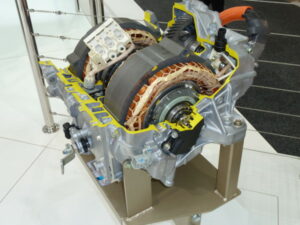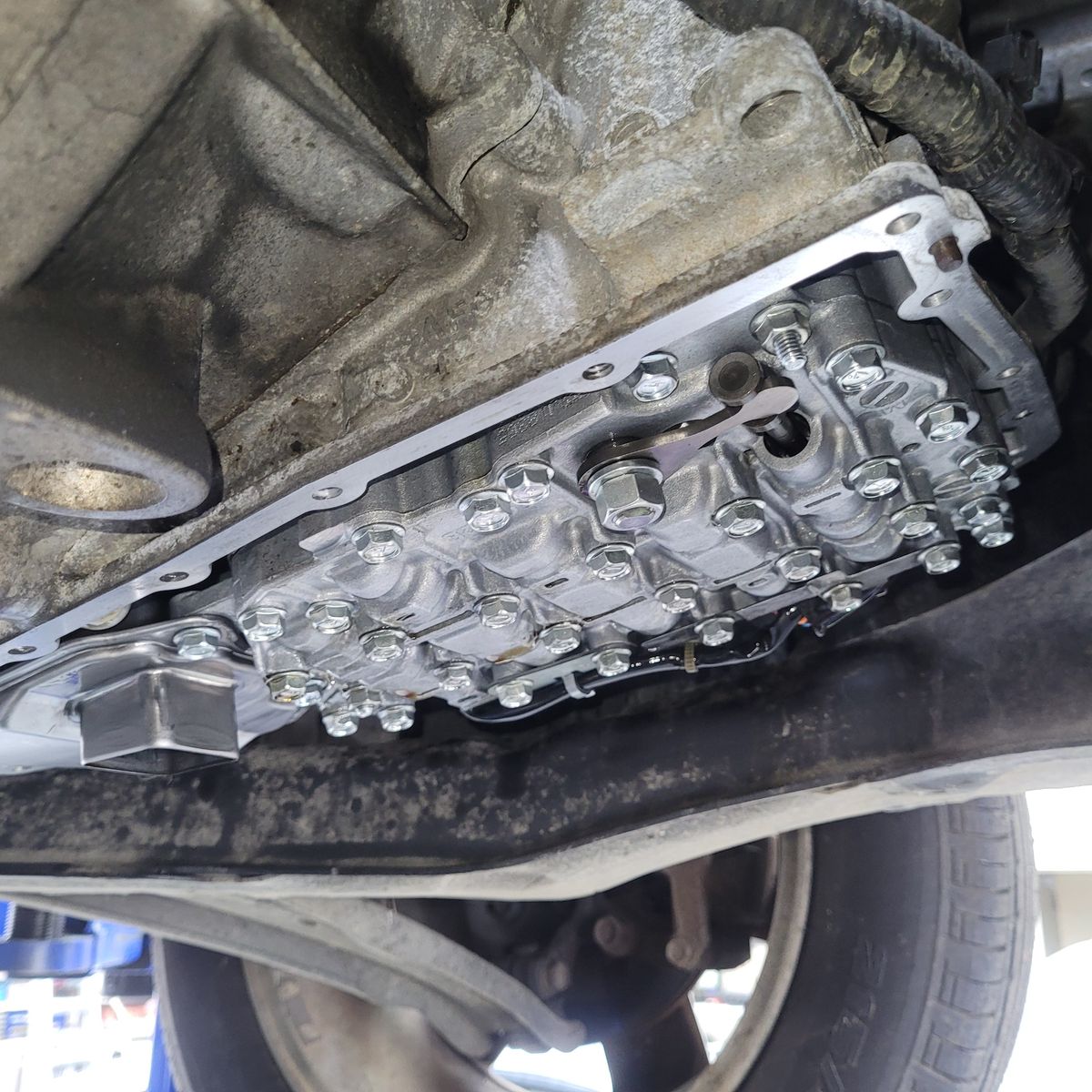What is a CVT transmission?

A continuously variable transmission (also known as a shiftless transmission) is a type of transmission system that seamlessly shifts through gears. These shifts are done automatically using a variety of factors such as vehicle speed, engine RPMs, and gas pedal position. These shifts allow for improved engine performance and fuel economy.
CVTs are used in a variety of newer cars, particularly Mitsubishi, Nissan, Subaru and Honda vehicles. Although they offer several advantages mentioned above, they also require a different approach to servicing. It is important that you choose a workshop that has experience with CVTs since they operate differently to traditional transmission systems.
Learn more about how CVTs work
How long do CVT transmissions last?
In general, a well-maintained CVT transmission can last for a long time, often surpassing the 200,000-kilometer mark and even reaching 300,000 kilometers or more. However, it’s important to note that there have been cases of CVT failures occurring earlier, especially in certain models from specific manufacturers.
How to increase the lifespan of your car’s CVT transmission?
- Regular Maintenance: Follow your car’s manufacturer’s recommended maintenance schedule for your vehicle, including regular fluid changes and inspections. The transmission fluid in a CVT is crucial for its proper operation, so it’s important to change it at the recommended intervals.
- Use the Correct Fluid: Ensure that the correct type of transmission fluid is used for your CVT. Different manufacturers have specific recommendations, so consult your vehicle’s manual or contact the manufacturer to determine the appropriate fluid for your transmission.
- Smooth Driving: Avoid aggressive driving habits, such as rapid acceleration or sudden braking, as they can put stress on the transmission. Smooth and gradual acceleration is gentler on the CVT and helps to minimize wear.
- Warm-Up Period: Allow your vehicle’s engine and transmission to warm up before driving off, especially in colder climates. This allows the transmission fluid to reach optimal operating temperature, ensuring better lubrication and performance.
- Avoid Overloading: Be mindful of your vehicle’s load capacity and avoid overloading it. Carrying excessive weight can strain the transmission and lead to premature wear and tear.
Signs and symptoms of CVT transmission problems
- Whining, Humming, or Grinding Noises: Unusual noises, such as whining, humming, or grinding sounds during acceleration, deceleration, or while in gear, can be indicative of CVT problems. These noises may suggest issues with the transmission’s internal components or the fluid pump.
- Delayed or Slipping Engagement: If you notice a delay or hesitation when shifting into gear or experience a sensation of the transmission slipping, it could be a sign of CVT trouble. This symptom may occur when the transmission fails to engage promptly or maintain a consistent power delivery.
- Shuddering or Vibrations: Experiencing shuddering or vibrations while accelerating or at higher speeds can be a sign of CVT trouble. This symptom may arise from a slipping clutch or belt within the transmission system.
- Loss of Power or Reduced Performance: If your vehicle experiences a significant decrease in power or struggles to reach higher speeds, it may indicate a problem with the CVT transmission. This could result from issues such as belt slippage or internal component failure.
- Illuminated Warning Lights: The illumination of the check engine light, transmission warning light, or other warning indicators on your vehicle’s dashboard may signal CVT issues. It is recommended to have the vehicle’s onboard diagnostic system scanned for error codes to identify the specific problem.
- Fluid Leaks: Leakage of transmission fluid is a common symptom of various transmission problems, including CVT issues. If you notice reddish or brownish fluid beneath your vehicle or find low fluid levels upon inspection, it is essential to have the transmission checked for leaks and topped up with the correct fluid.
CVT Transmission Servicing & Repairs in Hamilton
Is your car’s transmission due for a service? If so, the team at Grimmer Motors can perform a service on your CVT system. This involves replacing the transmission fluid and inspecting the seals and components for signs of wear or damage. We recommend that you get your CVT transmission services once every 40,000 km to maximise the life of your car’s transmission.
Learn more about when to change transmission oil
For CVT servicing, diagnostics an repairs in Hamilton, contact Grimmer Motors today!

